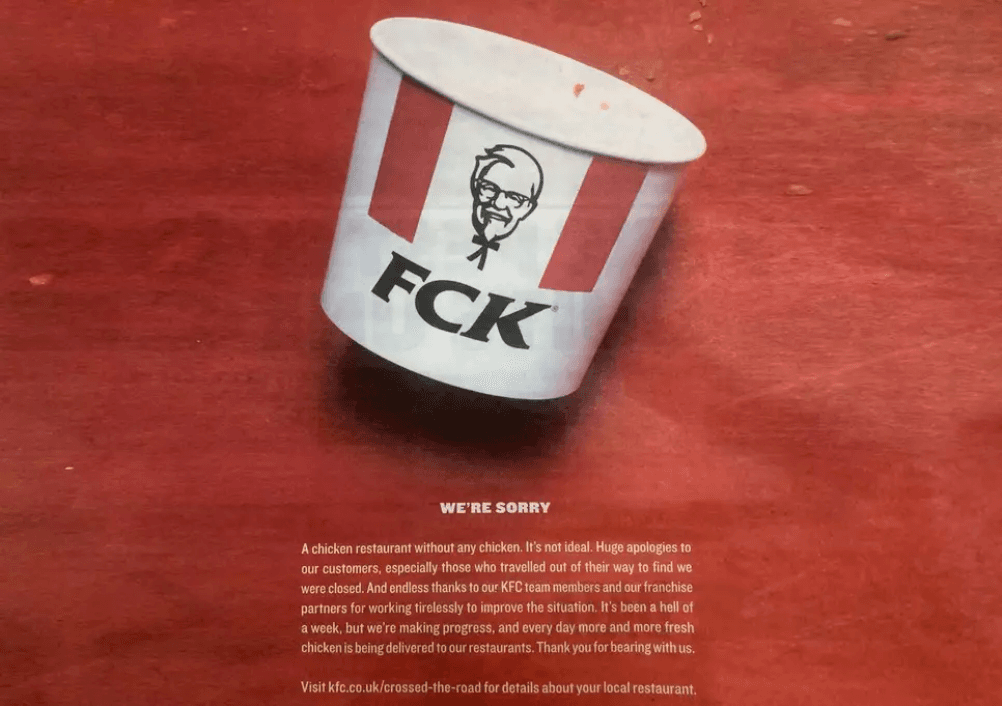


As the world continues to pivot further and further towards video, rumours have arisen that copy will soon disappear and that the classic copywriter will dissipate with it. Why? Well, it’s no secret that since the arrival of the twentieth century our attention spans have been somewhat abbreviated. The increase in video and online conversation has left us ‘a lil short 4 words’ and longing for a more efficient form of communication.
As a result, there is a misconception that copy is dying, however as we will explain this simply is not true. Copy, like all other manners of communication, will simply learn to transform and adapt with the times, and its writer will do the same. Forever fighting for attention in an increasingly overcrowded world of information, entertainment, and marketing, the copywriter still remains an invaluable asset to your business.
Put simply, they are writers in advertising or marketing who mean business. It is their job to get people to act and pay attention to adverts and content that vies for their attention. Today, the emphasis is on quality, not quantity, and copywriters ensure that your business delivers just that.
They are an integral part of the marketing mix. Copywriters know how to craft headlines, emails, and infographics that add value for clients and help them to meet their customer objectives. Their ability to put words, sentences, stats, and research together in a creative way, is how a business can grab and hold an audience member’s attention.
“The real matter of the fact is that nobody reads ads. People read what interests them and sometimes that happens to be an ad.” Howard Luck Gossage
Copywriting goes beyond writing marketing material. Copy is everywhere – and, expert wordsmiths are behind it. Every company white-paper, blog post, tweet, and email falls on the shoulders of the copywriter. So you may not realise it, but you are surrounded by examples of great copywriting, everywhere, every day.
In the business of selling, copywriting falls into the category of the art of persuasion. With a strong knowledge of a client’s brands, goods, or services, an eloquent copywriter will appeal to the audience’s reason to persuade them, their feelings to move them and to their aesthetic sensibility to delight them. They’ll do it in many varied formats too. From micro-copy on Twitter placards, buzzwords on banner ads, to lengthy print ads in our morning paper.
Case in point is KFC’s award-winning apology ad, published in British newspaper, The Sun, following an unexpected shortage in chicken.

Source: CampaignLive
‘Concept, concise, and consult’, also known in copy terms as the power of three, is the key to creating stellar copy.
When it comes to solving a creative challenge there is no such thing as a one-size-fits-all fix. Each new project or campaign must begin with its own individual concept, an idea which has the ability to hold the entire creative solution together. Ideation sessions are vital to discovering the concept and though it can be, at times, a long and challenging process, it is one that leads to valuable work.
Whether you’re crafting an email from scratch or proofreading a company’s training manual – as a copywriter you must be able to break down the information and deliver it to the audience through a clear and concise piece of communication.
Finally, that brings us to consult. Once the first draft is finished the real work begins. In order to really hit the nail on the head, it is important to consult with clients and ask for directive feedback. It may not always be straightforward and it can be challenging, but having a clear understanding of what is expected is key in order to deliver great work.
Video has not killed the copywriter, instead, the practice continues to adapt and transform in the digital ad ecosystem, with an abundance of new skills and practices emerging ready to be shared. After all emojis, Insta Stories, and Snapchats may come and go, but the written word is eternal.